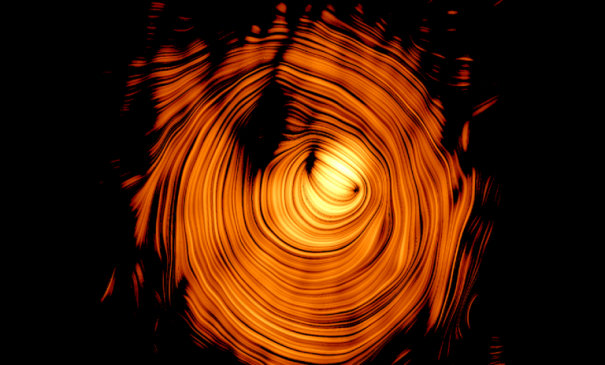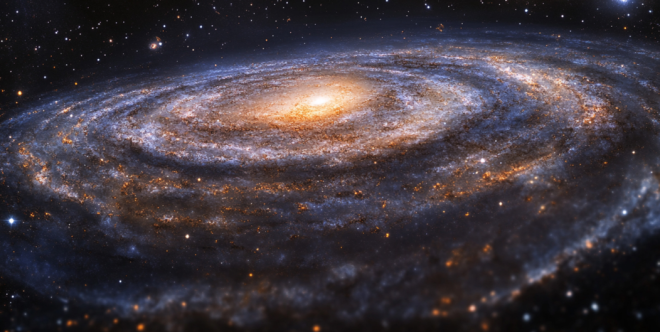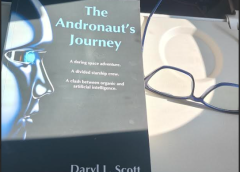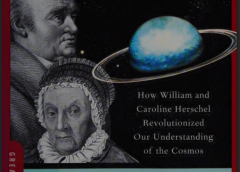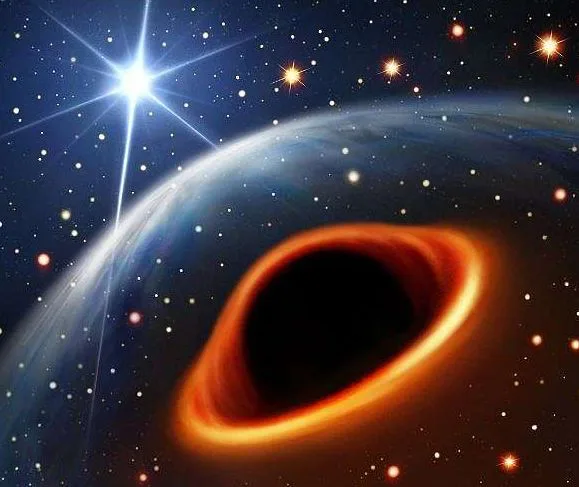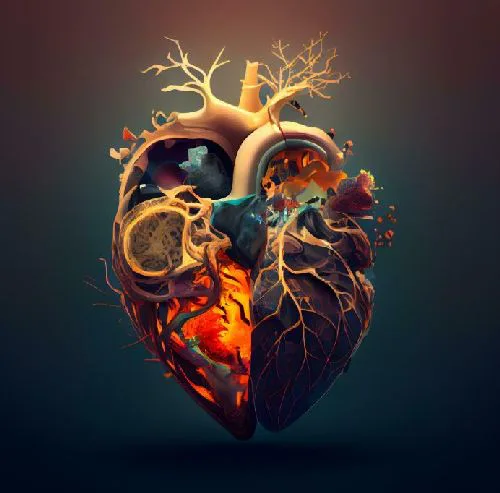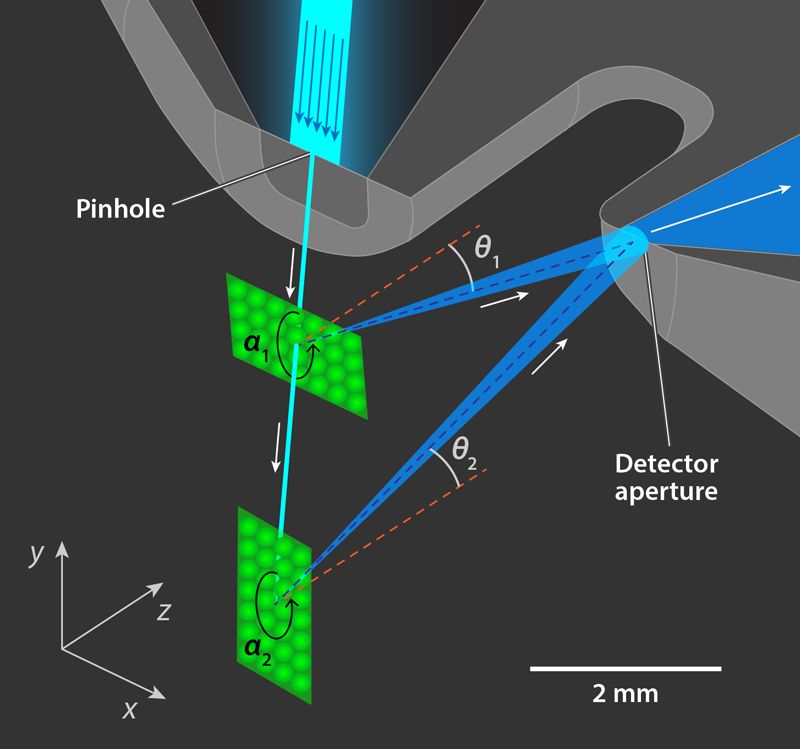Exciting news from the cosmos! Astronomers from around the world, including the brains at The University of Manchester and the Max Planck Institute for Radio Astronomy in Germany, have stumbled upon an unknown object in the Milky Way. The newly discovered object is heavier than the heaviest neutron stars we know. And lighter than the lightest black holes we’ve seen. The team used the MeerKAT Radio Telescope, to spot this mysterious object. This celestial entity is in orbit around a high-speed millisecond pulsar, situated around 40,000 light years away in…
Read MoreDecoding Quasicrystal Magnetism: Unveiling a Fresh Magnetic Blueprint
Quasicrystals are interesting materials since they defy regular atomic pattern. It’s non-repeating structure captivates researchers. Since, it leads to extraordinary properties. Thus, the exotic traits not only challenge the traditional material science views but the same also inspire countless innovations. However, there is a rebel in the family of quasicrystals, the Tsai-type icosahedral quasicrystal (iQC). It is a specific variant of quasicrystal with a unique atomic arrangement characterized by icosahedral symmetry. The symmetry involves a structure that resembles a 20-sided polyhedron.
Read MoreBook Review: Nostromo by Joseph Conrad
“Nostromo: A Tale of the Seaboard” is a novel penned by Joseph Conrad in 1904. Many consider it one of Conrad’s finest works of extended fiction. The book explores how money and economics influence what people believe and how they live. The sad part is that both good and bad things are bound to happen because of these big changes.
Read MoreMCJ Breakthrough: New Hope for Pulmonary Hypertension
In a groundbreaking study featured in Science Advances, researchers unveil a potential breakthrough in treating pulmonary hypertension. Pulmonary hypertension is a medical condition characterized by elevated blood pressure in the pulmonary arteries. These arteries are the blood vessels that carry blood from the heart to the lungs for oxygenation.
Read MoreGreen Power Drive: Future Cars Might Run on Cobalt Free Batteries
In the world of electric vehicles, lithium-ion batteries are always preferred and they often contain cobalt. While cobalt plays a crucial role in these batteries, its extraction and processing bring about a set of challenges. Thinking on these lines, MIT researchers have crafted a battery material with the potential to revolutionize the sustainability of electric cars. This groundbreaking lithium-ion battery boasts an organic material-based cathode. Thus, stepping away from the conventional use of cobalt or nickel, which is often present in such batteries.
Read MoreBook Review: The Castle by Franz Kafka
Published in Germany in 1926, Franz Kafka’s “The Castle” (Das Schloss) faced challenges after the author’s death in 1924. Despite Kafka’s wish that his books not be published, his friend Max Brod disregarded this. Initially, “The Castle” struggled with poor sales, and Nazi efforts to ban works by German Jews, including Kafka, limited its availability. Schocken Verlag, a Jewish publisher, was allowed to continue publishing Jewish works under the condition that they were exclusively sold to Jews. Today, Kafka is esteemed as one of the prominent figures in 20th-century literature,…
Read MoreQuantum Leap: Scientists Compute with Light Innovation
Our future tech game just got a major upgrade! Scientists at Heriot-Watt Uni in Edinburgh just dropped a mind-blowing method. Optical circuits are getting a turbocharged programming boost. The discovery promises unhackable communication networks and lightning-fast quantum computers.
Read MoreBook Review: Notes from Underground by Fyodor Dostoevsky
Fyodor Dostoevsky released “Notes from the Underground” in 1864. It stands out as a significant piece of existentialist literature. The work delves into the complexities of human nature and societal constraints, offering a reflection on the necessity of individual freedom for a meaningful and authentic existence.
Read MoreAstronomers Pinpoint Oldest Known Black Hole: Time-Traveling with Telescopes
Recently, astronomers have detected a super-old black hole, which is devouring its galaxy. It is dated back to the earliest black hole ever. It’s like the ultimate space buffet for the oldest black hole. Researchers at the University of Cambridge, unleashed the NASA/ESA/CSA James Webb Space Telescope (JWST) to spot this ancient black hole. The gravity well is chilling out 400 million years post-Big Bang, that is, over 13 billion years back.
Read MoreHelium Diffraction Patterns Under the Microscope: Atoms are Artists
Witness helium atom diffraction like never before. All thanks to microscopic spatial resolution. Researchers from the University of Cambridge and University of Newcastle just dropped a game-changing technique. This breakthrough has allowed scientists to dive even deeper into the weird world of atoms.
Read MoreBook Review: Childhood’s End by Arthur C. Clarke
“Childhood’s End” by Arthur C. Clarke is rich in imaginative concepts and in exploration of profound philosophical and existential questions. Highly recommended by a friend, I couldn’t resist picking up this book last week. Interestingly, I initially contemplated making “2001: A Space Odyssey” my first venture into Clarke’s literary repertoire. Having completed “Childhood’s End,” I am convinced that my decision to start with this novel was a wise one.
Read MoreBook Review: Fuzzy on the Dark Side by Ahmad Hijazi
Fuzzy on the Dark Side: Approximate Thinking, and How the Mists of Creativity and Progress Can Become a Prison of Illusion by Ahmad Hijazi unravel the fascinating world of thinking on the fly. The author here explores, the idea of “Approximate Thinking”. I received a copy from Collective Ink. And this is my honest book review.
Read MoreBook Review: Slaughterhouse-Five by Kurt Vonnegut
This was my third Vonnegut novel after Timequake and 2BR02B. The book has the similar approach at satirical jab at the tough parts of life that often get overlooked. However, I feel it has a touch of sci-fi also with elements such as time travel and aliens. Slaughterhouse-Five, is also called, The Children’s Crusade: A Duty-Dance with Death was first published in 1969. In the book, Kurt Vonnegut takes a real close look at the whole anti-war scene. He’s picking up on Nietzsche’s anti-morality vibes. For instance, Vonnegut explores the…
Read MoreBook Review: Animal Farm by George Orwell
I eventually decided to read this book that I’d been avoiding for quite some time, and believe me, it turned out to be really enjoyable. The book was first published in 1945 in England. George Orwell, under the real name Eric Blair, faced publisher reluctance to release “Animal Farm” due to its daring satire of the Russian Revolution and the rise of communism. While not explicitly mentioned, political connections are evident as we read the book.
Read MoreCondensing Neutron Pairs: Helium-8’s Exciting Revelation
Scientists at Peking University have successfully uncovered the elusive 02+ state of 8He. The 02+ state of 8He refers to a specific energy state of the helium-8 (8He) nucleus. The “2+” signifies that the state has a positive parity, and the “0” indicates a specific spin value. The observation and understanding of such nuclear states provide valuable insights into the structure and behavior of atomic nuclei.
Read More

